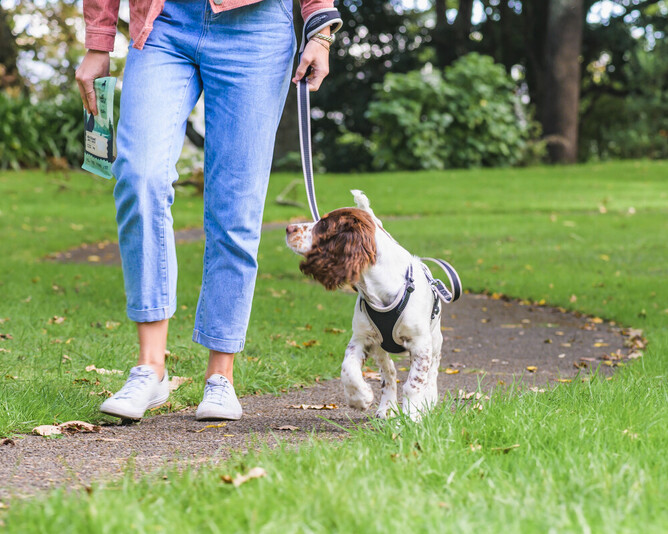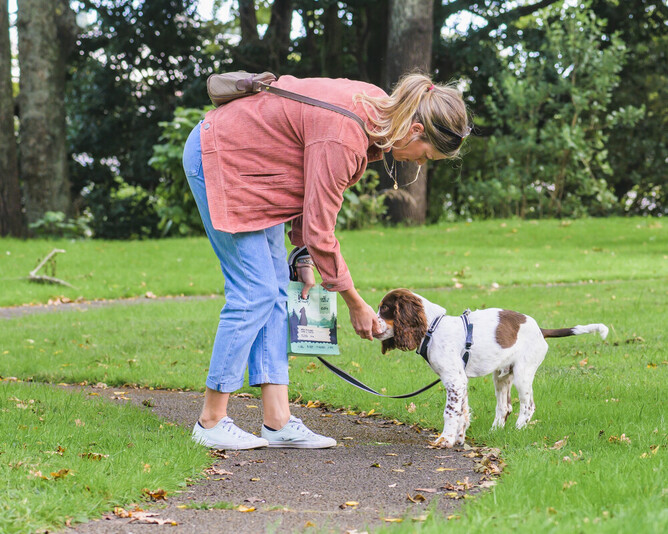Training your pet is an essential and rewarding part of pet ownership, and incorporating treats into the process can significantly increase the success and enjoyment for both you and your furry friend! Whether you're training a wiggly puppy or an older dog learning new tricks, using treats as rewards can make the process both engaging and effective. In this blog, we will discuss basic training tips, explain the importance of using treats as rewards, and offer some suggestions to assist you in creating a pawsitively fun training experience!
Start with the basics
Before diving into the world of treats and training, it's essential to start with the foundational training skills that will benefit both you and your pet. For example, teaching your pet to sit, stay, and come are fundamental skills that can serve as building blocks for more advanced training. These commands help to establish a communicative bond between you and your pet, laying down a strong foundation for successful future training sessions.
Choose the right rewards
Selecting the right treats for your pet is crucial to ensure a successful training experience. First and foremost, choose treats that are both healthy and appealing to your pet. The size of the treat should be proportionate to the size of your pet - small treats for small pets, and larger treats for bigger pets.
Additionally, consider the nutritional value of the treat. Treats should be low in calories and fat to avoid weight gain and should have some nutritional benefits like vitamins or minerals. Bonus points for natural ingredients without harmful additives, a big tick in the case of the Wild at Heart treat range which is low on ingredients but high in flavour!
Consistency is key
One of the greatest factors in successful training is consistency. This means setting up clear and consistent commands, hand signals, and using consistent treats whenever your pet achieves the desired behaviour. By remaining consistent, you are helping your pet understand and internalise the behaviour you want them to perform, solidifying the training for long-term success.
Timing is everything
When working with treats, it's essential to deliver the reward promptly after your pet executes the desired behaviour. By doing this, you are reinforcing the connection between their behaviour and the reward, ensuring your pet understands that they are being rewarded for a specific action. This can include using a clicker or a verbal cue like "yes" to mark the exact moment of success, followed by the treat reward.
Be patient and have fun
Training your pet is a process that can take time, and every pet learns at their own pace. Be patient and encouraging as they learn – you might be surprised at how quickly they catch on. And remember, training should be a fun and enjoyable experience for both you and your pet. Make sure to pepper training sessions with praise and affection, so they look forward to the process, creating a positive learning environment.
There's no denying that incorporating treats into your pet training endeavour is a powerful and enjoyable tool that can significantly increase the success of your efforts. By following these basic training tips and using treats as rewards, you will set up yourself and your furry friend for a pawsitive and fun training experience. Remember to be patient, consistent, and enjoy the process – you'll be creating essential, lasting bonds that will benefit your pet's life for years to come. Happy training!




